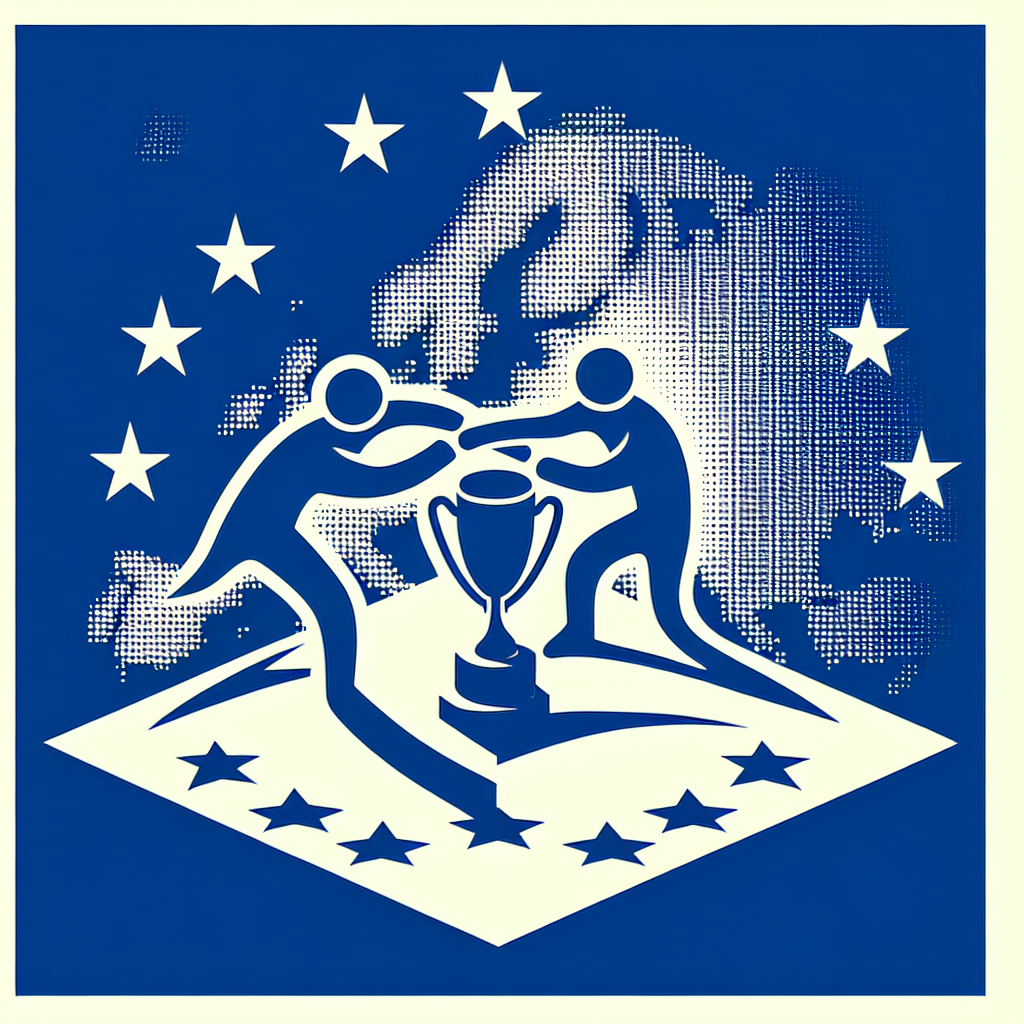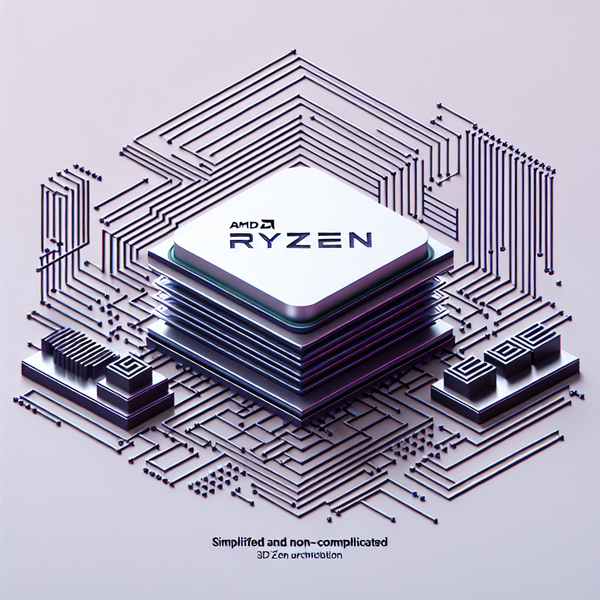Intel Prevails in Decades-Long EU Competition Case

Background of the Intel-EU Legal Battle
The legal tussle between Intel and the European Union began over two decades ago. The root of the issue traces back to a complaint made by a rival chipmaker, which accused Intel of anticompetitive practices. This led to a formal investigation launched by the European Commission in 2004, centered around Intel's alleged market dominance in the CPU industry. The CPUs, often described as the 'brains' of computers, were at the heart of this legal dispute.
The 2009 EU Decision and Intel's Response
In 2009, the European Union's competition authority leveled a hefty €1.06 billion fine against Intel. The charges claimed that Intel had engaged in anticompetitive practices by offering hidden rebates to manufacturers like Dell, Hewlett-Packard, and Lenovo, incentivizing them to purchase Intel CPUs over rival products. These actions allegedly countered EU competition laws by stifling market rivals through so-called ‘naked restrictions,’ where Intel purportedly hindered competitors' product launches.
Intel's Legal Journey
Unaccepting of the decision, Intel immediately sought to overturn it. Their initial efforts were met with setbacks, such as the unfavorable ruling by the EU’s General Court in 2014. However, a breakthrough came in 2017 when the highest court of the EU recognized a legal error and reopened the case for further scrutiny. This marked a turning point, leading to another review by the General Court.
The Latest Developments
In a significant development in 2022, the General Court annulled parts of the 2009 decision, though it upheld key findings related to market abuse through naked restrictions. Ultimately, as of October 2024, the European Court of Justice ruled in favor of Intel, nixing the staggering €1.06 billion fine. However, the saga is far from over, as Intel is pursuing further legal action to challenge another fine of €376 million that stems from the same initial investigation.
Implications for the Tech Industry
This case exemplifies the complexities woven into EU legal frameworks governing market competition. It underscores the prolonged nature of litigation in technological spheres where patent rights, market strategies, and competitive practices often blur the lines of legality. Further, it has highlighted the significant financial and operational implications of regulatory decisions on major tech giants.
Beyond Intel, this ruling reverberates across the tech industry, signaling to other multinational corporations the intensity and unpredictability of engaging with European regulatory bodies. This case also serves as a historical reference point for policy discussions since it brings to light the intricate balance between fostering healthy market competition and stifling technological innovation with regulation.
Looking Forward: Future of Tech Regulation
As Intel continues its legal journey against ongoing fines, the tech community watches closely. The case may influence future EU decisions on digital markets and set precedents in how European competition law adapts to rapidly evolving tech landscapes. Moreover, this case's outcome might steer EU-US relations regarding technology policy, potentially impacting approaches to regulating emerging technologies like Artificial Intelligence and Blockchain.




